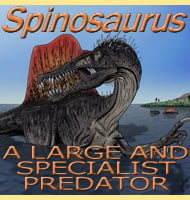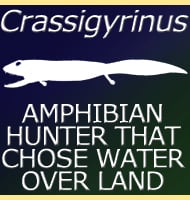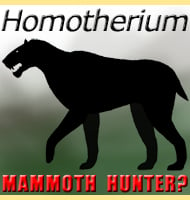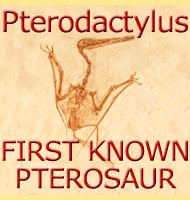In Depth
Pedopenna is a genus of small maniraptoran dinosaur that lived in China during the end of the Mid Jurassic. Pedopenna is classed as a member of the Deinonychosauria, the group that incorporates later dromaeosaurs and troodonts, as well as the ancestors of birds. Pedopenna already displays some features that would be common in later members of the group. For example, dromaeosaurs and troodonts are noted as having a shortened second toe which supported an enlarged sickle-shaped claw. The second toe and claw are certainly not as evolved as those in later deinonychosaurs, but the second toe is already slightly shortened, with the claw slightly larger than the others, already hinting at how the sickle shaped claws of later deinonychosaurs developed.
The name Pedopenna was chosen for this genus because of the development of feathers around the foot and hind leg, Measuring up to fifty-five millimetres long, these feathers grew from the back of the leg with smaller feathers growing over the base of these. It is uncertain if these feathers are a new development, or if they are the vestigial remains from an ancestor. In some later genera such as Microraptor, even larger feathers grew from the back leg, and are considered to have formed part of a gliding structure. At the other end of the scale, many other genera of dromaeosaur and troodont seem to have had an absence of large feathers on the hind legs. This might suggest that the development of larger feathers on the hind legs in genera such as Pedopenna and Microraptor may be more down to species specific developments for display and possible ecological niche.
Further Reading
- A new maniraptoran dinosaur from China with long feathers on the metatarsus. - Naturwissenschaften 92:173-177. - X. Xu & F. Zhang - 2005.









